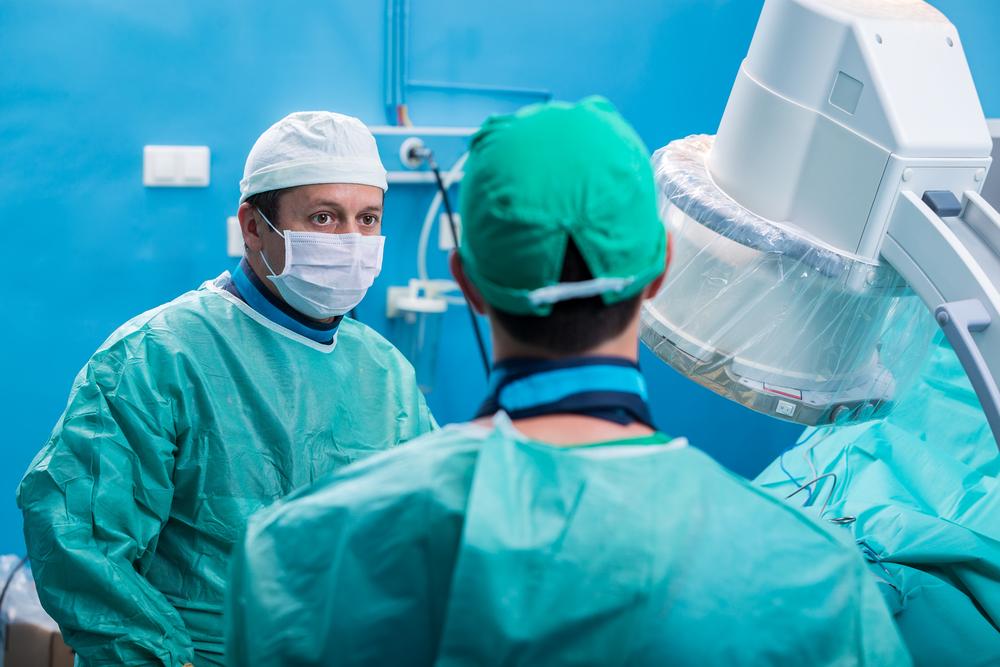Comprehensive Guide to Cardiac Ablation: Key Questions, Risks, and Recovery Tips
This comprehensive article explores everything about cardiac ablation, including different types of procedures, associated risks, immediate post-procedure effects, and essential recovery tips. It aims to provide patients with detailed insights to make informed decisions regarding treatment for arrhythmias. Understanding the process, potential complications, and ways to optimize recovery can improve outcomes and enhance quality of life for those undergoing this minimally invasive heart therapy.

Comprehensive Guide to Cardiac Ablation: Key Questions, Risks, and Recovery Tips
Cardiac arrhythmias, particularly atrial fibrillation (AFib), are common heart rhythm disorders that can significantly impact a person's quality of life. These irregular heartbeats often manifest as fluttering sensations, skipped beats, or a feeling of your heart pounding abnormally. To address these issues, medical professionals frequently recommend cardiac ablation—a minimally invasive procedure aimed at correcting abnormal electrical signals within the heart. This treatment has become increasingly popular as it offers a high success rate with fewer risks compared to traditional open-heart surgeries.
Understanding the ins and outs of cardiac ablation is essential for patients facing this treatment option. From the different types of ablation procedures and their specific purposes to the potential risks and what to expect afterward, this comprehensive guide provides all the necessary information to help patients make informed decisions. Whether you're considering ablation or just exploring treatment options for arrhythmias, this article covers everything you need to know to navigate the process confidently.
What Is Cardiac Ablation?
Cardiac ablation is a medical procedure used to destroy faulty tissue in the heart that causes irregular electrical signals leading to arrhythmias. The goal is to restore the heart’s normal rhythm, preventing symptoms such as palpitations, fatigue, shortness of breath, and, in severe cases, stroke. The procedure involves threading a thin, flexible catheter through blood vessels to the heart. Once in position, the targeted tissue is destroyed using radiofrequency energy, cryotherapy, or laser energy. The process is designed to create scar tissue, which blocks the abnormal electrical pathways that disrupt the heart's rhythm.
Why is Cardiac Ablation Recommended?
Typically, cardiac ablation is recommended when medications fail to control arrhythmias effectively or cause intolerable side effects. It’s also considered a first-line treatment for certain arrhythmias, such as typical atrial flutter or specific types of SVT (supraventricular tachycardia). Patients with more severe or persistent arrhythmias, especially those leading to heart failure or increasing stroke risk, may also be advised to undergo ablation for better symptom management and improved quality of life.
Types of Cardiac Ablation Procedures
Understanding the different ablation techniques is crucial, as each is tailored to address specific types of arrhythmias. Here are the main types:
Atrial Flutter Ablation: This procedure involves creating scar tissue in the right or left atrium, depending on where the flutter originates. The scar tissue blocks abnormal electrical signals that cause fluttering, restoring a normal heartbeat.
Pulmonary Vein Isolation: Commonly used for atrial fibrillation, this involves isolating the pulmonary veins in the left atrium to prevent erratic electrical impulses from propagating through the heart.
SVT (Supraventricular Tachycardia) Ablation: Focuses on eliminating abnormal electrical pathways in the upper chambers of the heart, preventing episodes of rapid heartbeat originating above the ventricles.
Ventricular Tachycardia Ablation: Targets irregular signals in the lower chambers (ventricles). It’s often reserved for patients with life-threatening ventricular arrhythmias, especially in those with underlying structural heart disease.
Understanding the Risks Associated with Cardiac Ablation
While cardiac ablation is generally considered safe, being aware of potential complications is essential for informed decision-making. Risks include:
Infection or bleeding: At the catheter insertion sites, which typically are in the groin or arm.
Damage to blood vessels: During catheter navigation through the vascular system.
Heart tissue puncture or displacement: Although rare, it's a possible complication during catheter manipulation.
Damage to the heart’s structures: Such as the valves or conduction system, which might necessitate pacemaker implantation.
Blood clots or pulmonary embolism: Clots can form at the site of the procedure or along the catheter path, increasing stroke risk.
Heart attack or vessel narrowing: Rare but serious complications that require immediate medical attention.
Kidney injury: Due to contrast dye used during the procedure, especially in patients with pre-existing kidney issues.
Immediate Effects After Cardiac Ablation
Post-procedure, patients may experience some temporary sensations or symptoms. Common immediate effects include:
Chest discomfort or soreness: Usually lasting up to 48 hours, manageable with over-the-counter pain relievers.
Fatigue: A feeling of tiredness or mild weakness is common after the procedure.
Inflammation symptoms: Such as bloating, soreness, or shortness of breath, often linked to the body's inflammatory response to tissue injury.
Arrhythmia recurrence: In some cases, irregular heartbeats may persist temporarily; however, most patients see improvement within days to weeks.
If symptoms such as chest pain, worsening shortness of breath, fever, or signs of infection develop, immediate medical consultation is necessary.
Recovery and Long-Term Care
Recovery from cardiac ablation involves specific care strategies to ensure healing and prevent future arrhythmias. Here are key tips for post-procedure care:
Heart-healthy lifestyle: Adopting a diet rich in fruits, vegetables, lean proteins, nuts, and omega-3 fatty acids can support heart health and reduce the likelihood of needing repeat procedures.
Dietary modifications: Limiting sodium, processed foods, and saturated fats helps manage blood pressure and overall cardiovascular health.
Physical activity: Light, regular exercise such as walking or swimming can promote circulation and reduce stress on the heart. Always follow your doctor’s advice regarding activity levels.
Medications: Continue prescribed medications or anticoagulants as directed to prevent clot formation and maintain rhythm regulation.
Monitoring: Regular follow-up visits and cardiac monitoring through Holter or event monitors help detect any recurrence early.
Avoidance of triggers: Minimizing caffeine, alcohol, and stress can reduce arrhythmia episodes.
Quit smoking: Smoking significantly increases the risk of cardiovascular diseases and should be avoided entirely.
Preventive Measures and Future Outlook
While ablation can significantly improve symptoms and reduce arrhythmia recurrence, ongoing preventive measures are vital. Maintaining a healthy weight, managing stress, controlling blood pressure, and adhering to medication regimens are critical. Regular medical check-ups allow early detection and management of potential problems, ensuring sustained heart health. With advancements in technology and growing expertise, cardiac ablation remains a promising option for many patients seeking relief from arrhythmias and a better quality of life.





